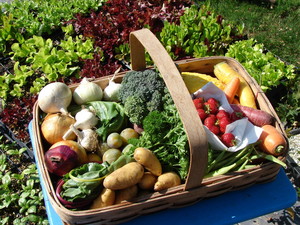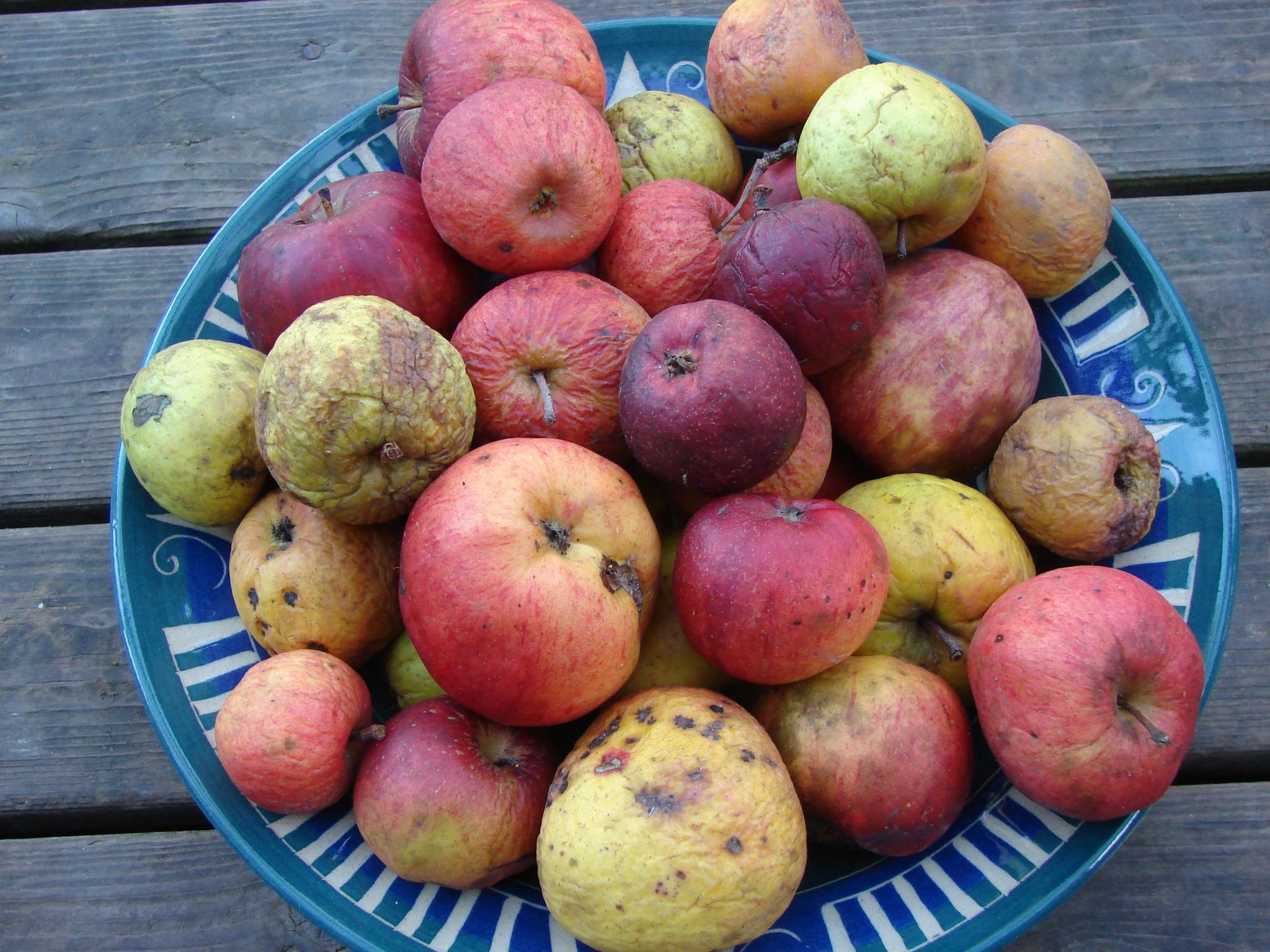28 Apr Thu 2016
Apple Scab
This year was the first year in my 35 year history to have NO apple scab (Venturia inaequalis). This fungus affects apples as a skin blemish and reduces crop by as much as 50%. The scab has 2 parts to it's infection-one:the overwintering leaves on the ground and two: the leaves and fruit on the tree. The 1st part-leaves on the ground can be reduced by sanitation or decay (by Urea fertilizer to enhance). So what happened in 2016? The stage 1-leaves on the ground- disseminated 100% of the 'ascospores' by April 23rd - based on the biofix model using 900 growing degree days (base 32° F.). During the infection period of blossom to waxy cuticle (when the leaves resist infection, about July) the leaves/flowers/fruit need to be wet for a certain period of time at a certain temperature- higher T.= shorter wetting period to germinate the ascospores on the fruit/leaves.
Ok, my question, now that all the ascospores have been disseminated and are floating around, I am to assume an air sample in the orchard would be higher a month ago and that today the ascospore count in the atmosphere around the orchard is going to be quite low due to the air exchange/breezes. So far we have NOT had a wetting period (based on the Mills Chart) that offers germination on the fruit. Cool. Clean, clean, clean! But what if there is a wetting period? Is the ascospore count in the air we breath high enough to perpetuate the (now thought to be insignificant) scab spore? I would love to see an air sample!
Please, Air sample scientists, help with this one
06 Mar Wed 2013
Sowing seeds, lots of them.
26 Jan Sat 2013
Sowing tomatoes and peppers
I's been a long day, with seed catalogs and rich text on wesite building. But what I'm feeling is the urgent question of when to sow tomatoes. and peppers. The greenhouse isn't quite up yet, but at least half those seeds are in the soil and beginning their warming, imbibing phase as they come into the new world of light. Any input on the quest for the early tomato is welcome!
07 Jun Thu 2012
Rain, Pollination and Growing Food
Snohomish, Washington:The wetter springs over the past several years have resulted in erratic pollination- less or no fruit for some that bloom during dark wet days. This year Asian plums had clear days and the varieties like Shiro and Beauty are loaded. European plums that bloom a bit later have a very light crop due to rain. Honeycrisp Apple has failed to pollinize, while Pixiecrunch is loaded with fruit. Apples have a bllom time that stretches 5-6 weeks. One of the longest blooming varieties that almost always gets pollinized is 'Williams' Pride'- an early, scab-free, crisp 'summer apple' named after Edwin Williams, the early fruit researcher at Purdue that made the selection
Grape bloom is later and we are seeing lot's of flower buds--Cold weather delays bloom where a tent will help move this forward a few weeks.
New rhubarb plantings are relishing the moist conditions as are the slugs! Young rhubarb will benefit from an application of sluggo as will strawberries which are beginning to turn red now. Know that Iron phoshate (sluggo) is OMRi approved -organic- and needs a few days to act on the shell-less mollusks.
This is perfect weather to germinate the slow seeds like carrots, parsnips and parsley-and they don't succumb to the gastropods.
The brambles like raspberry, marionberry, blackberry and loganberry are heavy with fruit as usual. Blueberries are hit and miss with botrytis affecting Bluegold and Northblu



